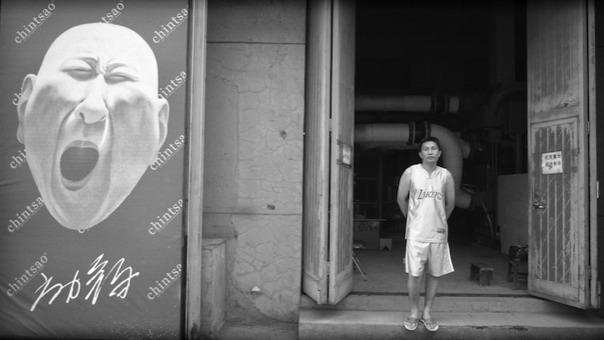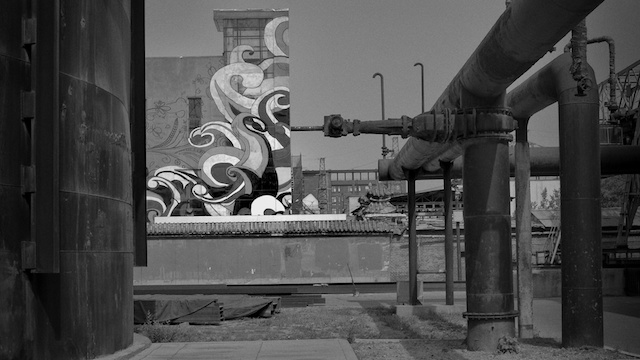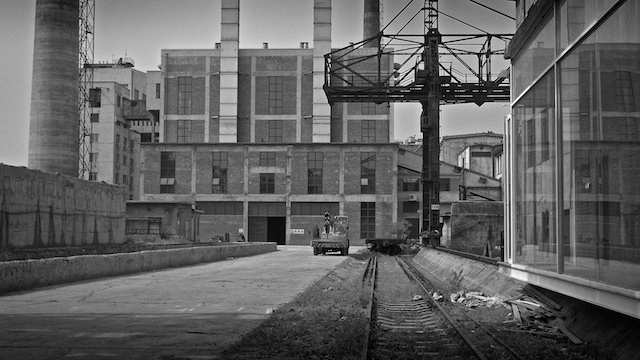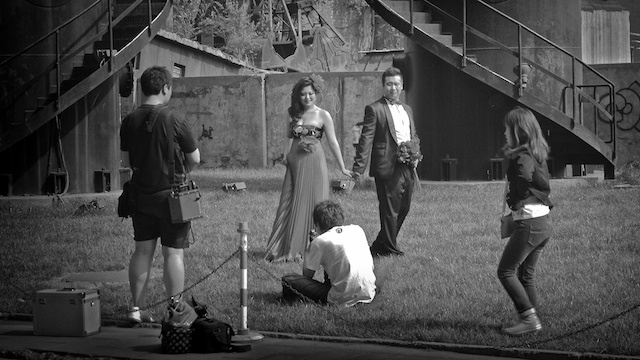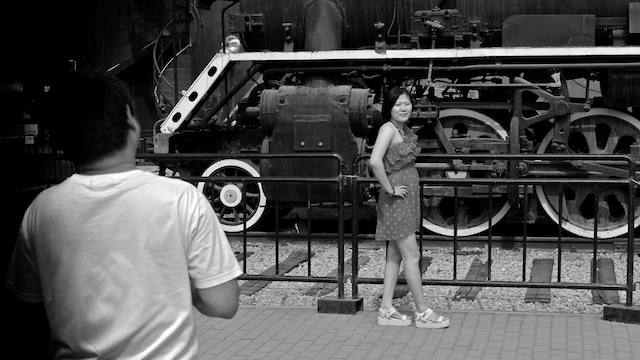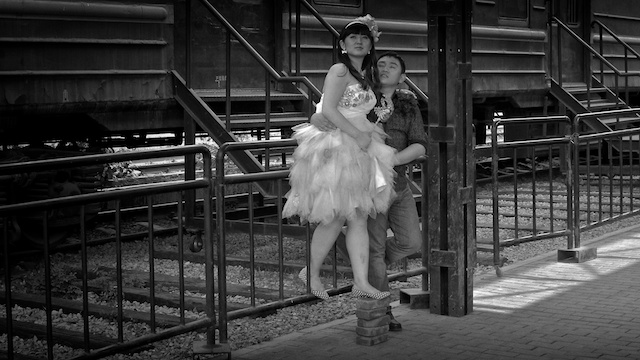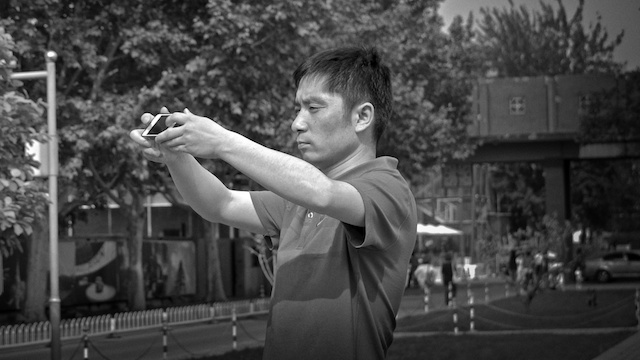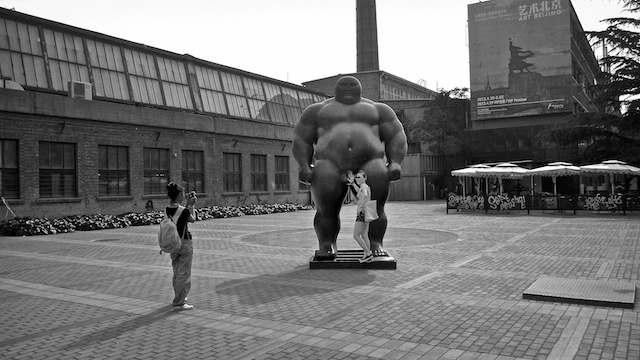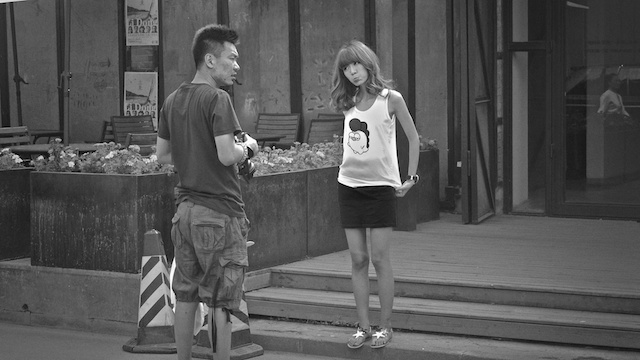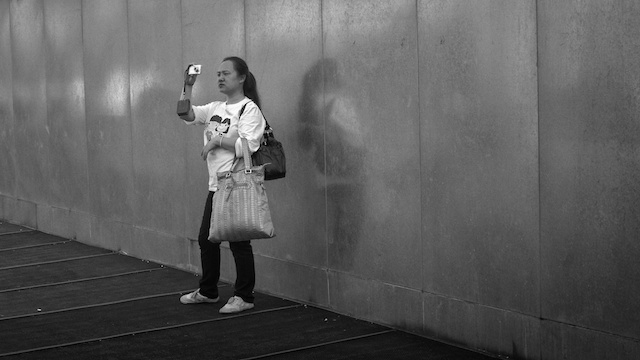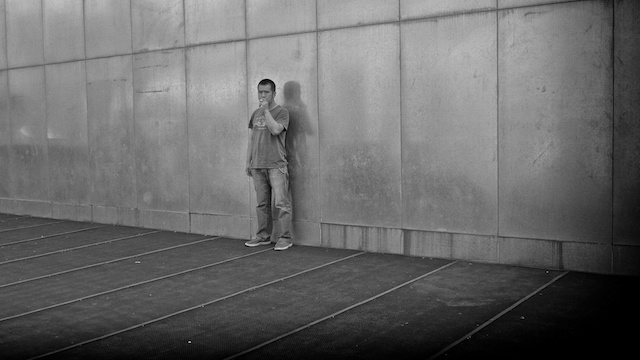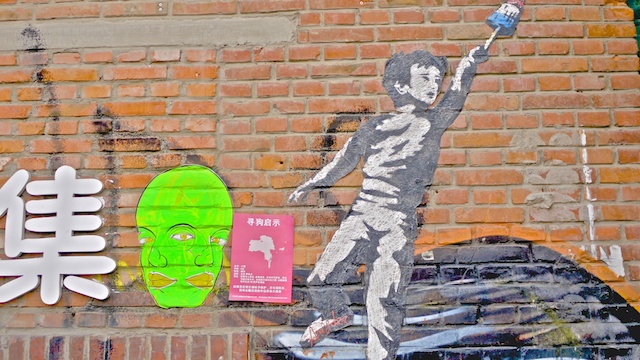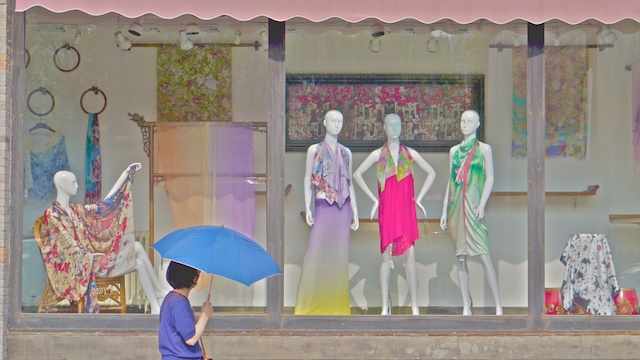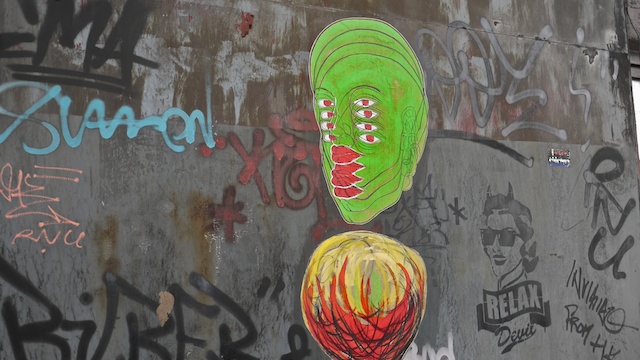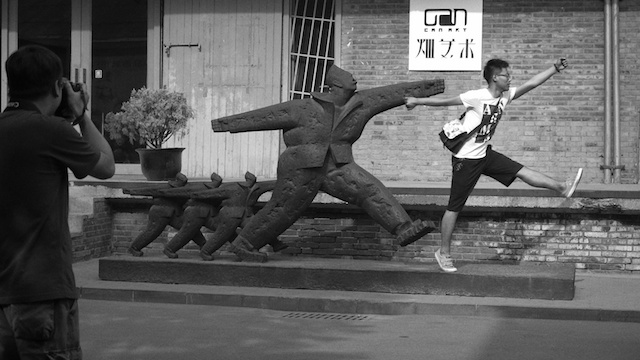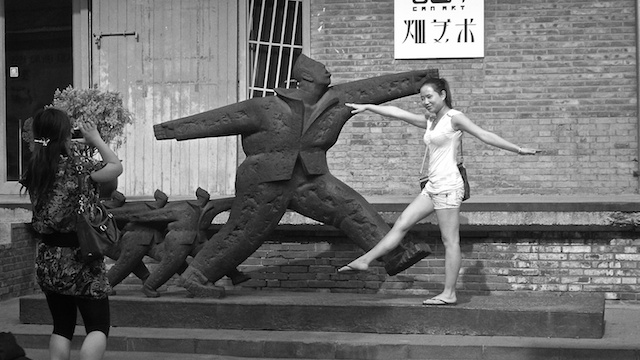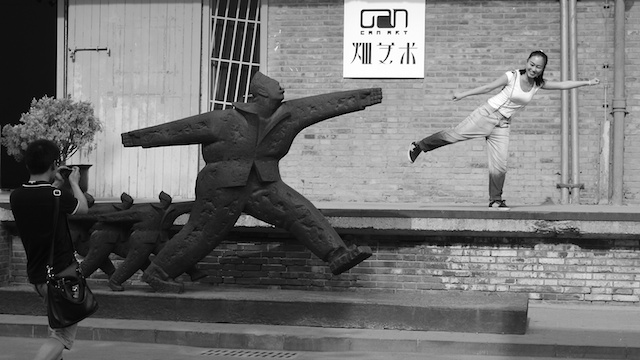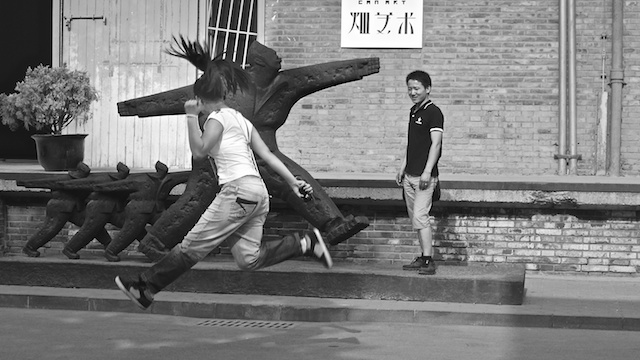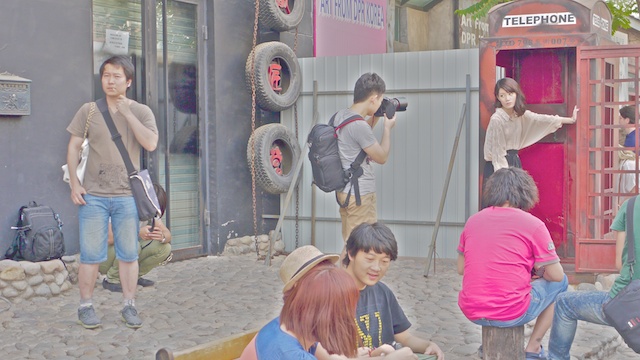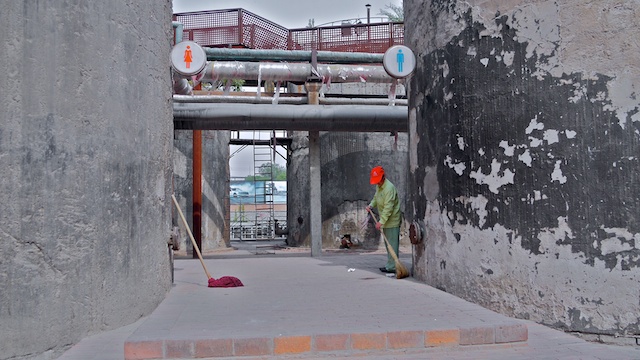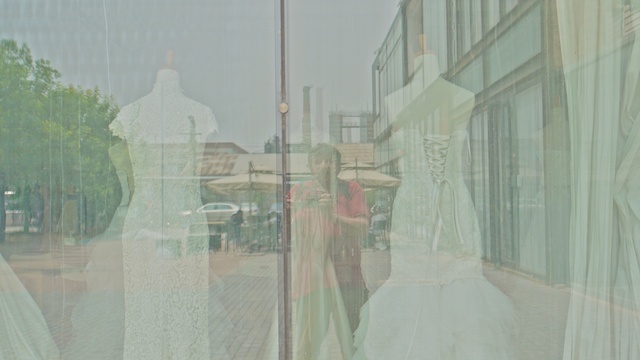Beijing | Spring 2012 | 798 & Beyond. These are photos from Beijing's "798" Dashanzi Art District, a former factory now hosting numerous art galleries, shops and cafés. Nobody seems to visit this very popular and funky place without a camera, and as everybody makes pictures all day long, nobody minds to be 'targeted.' Like in many of Beijing's landmark locations, professional wedding photographers and their dressed up clients are a regular feature in 798. They, too, seem to gladly accept - and appear even flattered by - some extra attention.
About 798...: I have visited the 798 art zone almost every year since 2006. Over the years it has changed in a rather impressive way. Initially, the 798 art zone was a less fashionable and more focused on serious art. Early art works, those that had just triggered the global boom in Chinese modern art, appeared somehow raw and more rough. They reflected more clearly the context from which artists had just emerged: the austere Maoist China of the Cultural Revolution, the deprivations it brought along and monumental changes of the subsequent reforms.
During the last few years, 798 has acquired a kind of 'Benetton quality,' where art meets commerce. (At one stage, I actually visited a Benetton exhibition there. Tellingly, the clothing company chose to present its unique mix of art and publicity in one of the 798 exhibition spaces)
Unlike in the earlier days, 798 now teems with cafes, restaurants and shops. It also features China's first museum of modern arts, the Ullens Center for the Arts.
While a few years ago, there was talk of closing the galleries and redeveloping the site, it has now definitely found its space on the Beijing cultural map.
During the last few years, 798 has acquired a kind of 'Benetton quality,' where art meets commerce. (At one stage, I actually visited a Benetton exhibition there. Tellingly, the clothing company chose to present its unique mix of art and publicity in one of the 798 exhibition spaces)
Unlike in the earlier days, 798 now teems with cafes, restaurants and shops. It also features China's first museum of modern arts, the Ullens Center for the Arts.
While a few years ago, there was talk of closing the galleries and redeveloping the site, it has now definitely found its space on the Beijing cultural map.
